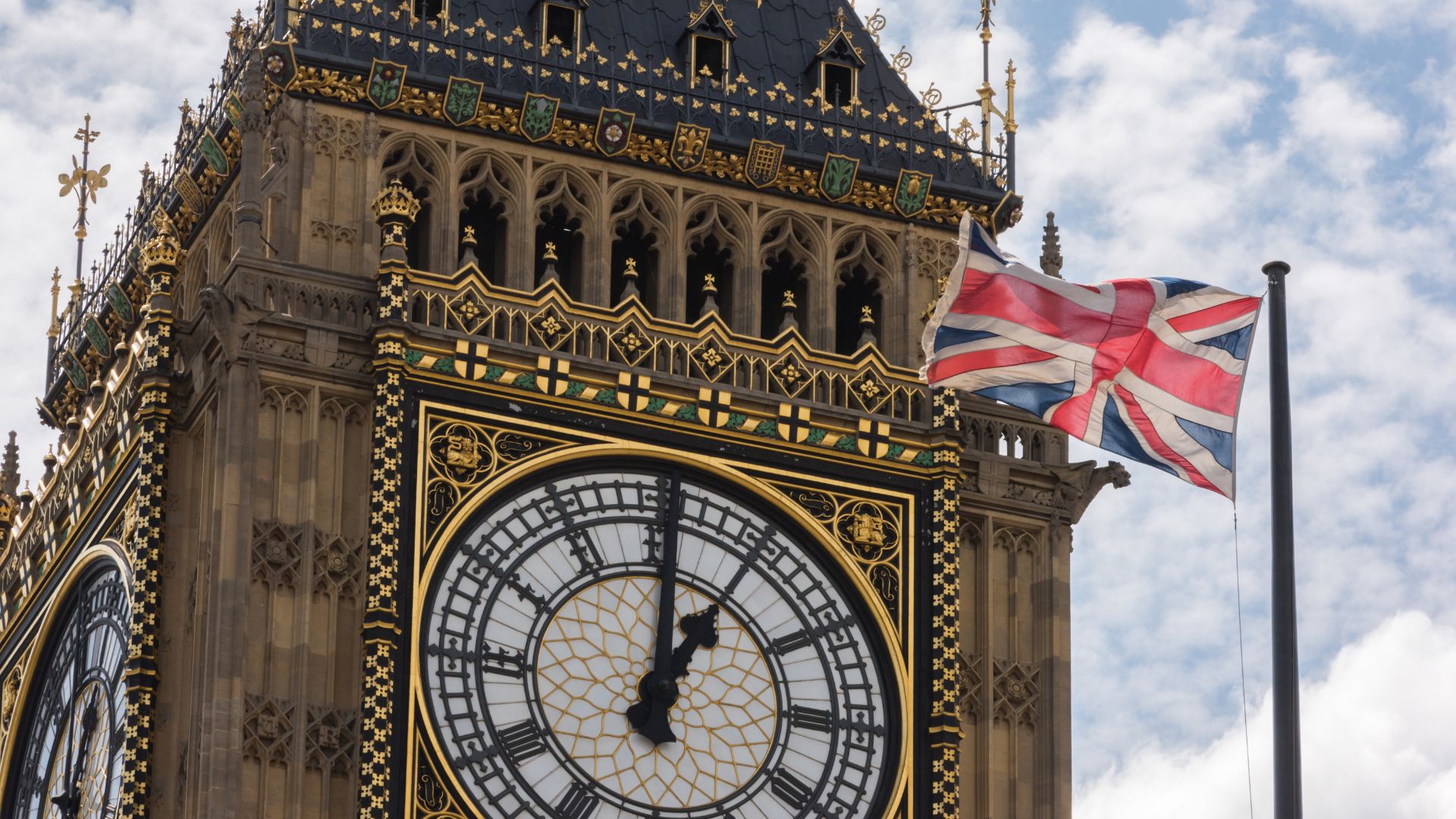Flight restriction zones, protected spaceports and ‘prohibited places’
In August 2024 a ProtectUK analysis noted that some 6,000 incidents involving drones were reported to the police in 2023. While only a small proportion were criminal, this is illustrative of growing concerns about the numbers of unauthorised UAS flights in the UK. This focuses attention on the airspace in which drones may not be flown. The UAS Implementing Regulation 2019/947 has always contained the power for the UK to designate areas in which UAS flight is prohibited or restricted, but the Flight Restriction Zone concept was actually introduced under the Air Navigation Order 2016 (ANO) before the Implementing Regulation applied in the UK.
The significance now is that there are a number of other bases on which drone flight may be restricted, so it is not always easy for a drone operator to determine where these restrictions apply. The purpose of this article is to summarise the various statutory regimes that exist which may restrict UAS operations not only at aerodromes and airports but also at spaceports, prisons or defence sites. It focuses on the measures that are specific to UAS, but drone operators should also be aware of general restrictions of flying which prohibit or restrict operation of any aircraft, crewed or otherwise, and whether temporary or permanent.
Flight restriction zones: protected aerodromes
The Air Navigation (Amendment) Order 2018 (SI 2018/623) introduced a requirement for permission to operate an unmanned aircraft within the flight restriction zone (FRZ) of a protected aerodrome, with effect from 30 July 2018. The relevant provisions in ANO Articles 94A and 94B have since been further amended by the Air Navigation (Amendment) Orders 2019, 2020 and 2021.
Flying an unmanned aircraft within the FRZ of a protected aerodrome without obtaining such permission constitutes an offence by both the operator and the remote pilot. It is punishable by a fine. However, as well as being an offence in its own right, this action may give rise to an offense of reckless or negligent endangerment of an aircraft under ANO Article 240, which could result in an unlimited fine, up to five years in prison, or both.
There are two regimes for approval of civil aerodromes in the UK: certification, under the EASA-originated aerodromes regulations, and national licensing under Part 8 of the Air Navigation Order 2016. ‘Protected’ aerodromes, for the purposes of the FRZ regime, comprise certified, nationally licensed or government (usually military) aerodromes, whether or not they have an aerodrome traffic zone (ATZ).
If the protected aerodrome has an ATZ, the FRZ consists of:
- the aerodrome traffic zone at the aerodrome;
- any runway protection zones at the aerodrome; and
- any additional boundary zones at the aerodrome.
In simple terms, a runway protection zone is a rectangular portion of airspace extending:
- 5 km from each runway threshold along the extended centreline of the runway;
- to a width of 1 km, apart from at Heathrow Airport where each runway protection zone is 1.5 km wide; and
- from the surface to a height of 2,000 ft above the aerodrome.
An additional boundary zone (ABZ) exists where the boundary of the aerodrome is less than 1 km from the ATZ boundary. In that case the ABZ comprises any area that is less than 1 km from the aerodrome boundary, but outside the ATZ, and extends to a height of 2,000 feet above the surface.
Where a protected aerodrome has no ATZ, the FRZ consists of the airspace extending from the surface to a height of 2,000 ft above the level of the aerodrome within a circle with a radius of two nautical miles centred on the mid-point of the longest runway.
The ANO also contains powers to prescribe any other aerodrome as a protected aerodrome, in which case the FRZ is prescribed for that purpose.
Flight restriction zones: protected space sites
A very similar regime was introduced for spaceports by the Air Navigation (Amendment) Order 2021 (SI 2021/879), as ANO Article 94BA, from 19 August 2021. This also requires permission for flight within the FRZ of a protected space site, which includes a spaceport as defined in the Space Industry Act 2018 or a mobile installation for controlled or planned landings of spacecraft at sea. In each case, if such activity is carried out at a protected aerodrome then the original protected aerodrome regime under Article 94A and 94B applies.
The FRZ of a protected space site comprises the airspace within an area bounded by a circle of radius 5 km and centred on the largest launch pad at the space site, and extends from the surface to a height of 2,000 feet above the level of the protected space site. Quite how the surface area is determined in the case of a sea installation is yet to be seen, given that by definition such installations are for landing, and so would not expect to contain launch pads.
As with protected aerodromes, both the operator and the remote pilot may be guilty of an offence, punishable by a fine, for flying an unmanned aircraft within the FRZ of a protected space site. The offences of endangering a spacecraft or endangering safety at a spaceport under the Space Industry Act 2018 generally require intentional and unlawful conduct. They are not predicated on recklessness or negligence in the way that the offence of endangering an aircraft is defined under the ANO, so the offences under the 2018 Act look less likely to be engaged, but so far as we are aware they have not yet been tested before the courts.
National Security Act: Defence-related premises
The National Security Act 2023 introduced a series of offences of causing an unmanned vehicle to ‘access, enter, inspect, pass over or under’, or to ‘approach or be in the vicinity’ of a ‘prohibited place’. The relevant provisions apply from 20 December 2023.
A prohibited place includes Crown land used for UK defence purposes or for the defence of a foreign country. The Secretary of State has power to designate additional places as ‘prohibited’ where necessary to protect the safety or interests of the UK. The scope is rather wider and, as yet, less clearly defined than a FRZ for the purposes of the ANO art. 94A offence.
The National Security Act offences are different from the FRZ offences in that they are not simply engaged by the flight. The flight must either be for a purpose which is prejudicial to the safety or interests of the United Kingdom, or be unauthorised, in circumstances where the operator ought to know the flight is unauthorised. From that perspective the enforcement process will be rather different, since the prosecutor will need to prove a number of subjective elements relating to each flight. However operators will wish to know where the risk may arise.
Restriction of Flying near Prisons
In addition to the Flight Restriction Zone regime under the Air Navigation Order 2016, regulations have been issued restricting flight of UAS in the vicinity of prisons. The Air Navigation (Restriction of Flying) (Prisons and Young Offender Institutions) (England and Wales) Regulations 2023 (SI 2023/1101) were made pursuant to the Secretary of State’s powers under ANO Article 239 (presumably for ‘any other reason affecting the public interest’). This instrument restricts, with effect from 25 January 2024, UAS flight within coordinates specified for each prison. Flying in contravention of SI 2023/1101 is an offence.
How to determine where you can fly
It is straightforward to determine certified and licensed aerodromes in the UK, since they are listed on the CAA’s website. “Government aerodrome” is a little more complex in being a descriptive definition, covering an aerodrome in the UK in the occupation of “any Government Department or visiting force”. However NATS lists all ‘UAS Restriction Zones’, including Government and prescribed aerodrome FRZs, on its website. It also identifies the prisons listed in SI 2023/1101. The UAS Restriction Zones listing appears alongside the UK AIP and also contains restricted and danger areas, citing authority such as Restriction of Flying Orders for each restricted zone. It is therefore a reliable and valuable point of reference.
Operation of a spaceport is a licensable activity under the 2018 Act and the CAA, in its capacity as regulator of space activities, aims to publish details of spaceport licences within six weeks of grant, so there should be definitive guidance there.
Whether any particular land amounts to a ‘prohibited place’ under the National Security Act is a matter of fact and construction of the statute. In this context the risk for an operator may be enhanced because the offence may be triggered by overflight at any height, if the prosecutor can prove the prejudicial purpose or the lack of authority. So far as we are aware, no one has yet produced a definitive list of prohibited places, but we understand that steps are in hand to identify and publicise the places at which these offences will apply. It will undoubtedly be helpful if that could be produced, including relevant altitudes. We will keep our readers and contacts advised of progress.

For further information, please contact:
Simon Phippard, Bird & Bird
simon.phippard@twobirds.com





